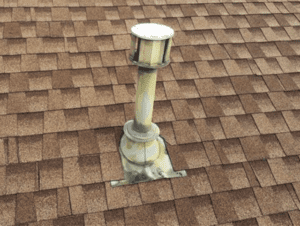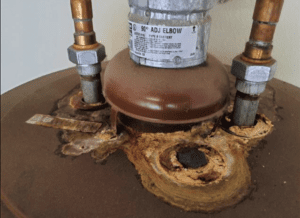
Any substance or surface that can burn is considered combustible, including wood or wood products, drywall, compressed paper, plant fibers, plastics, or any other substance that can catch fire and burn whether or not it is flameproof. Clearance is the distance between combustible materials and a heat-producing device, chimney, chimney liner, vent pipe, vent connector, or other hot surface.
Wood Burning Stove Pipe Clearances:
Combustible walls and ceilings must be kept a set distance from stovepipes and chimney connectors. Single wall stove pipe must have an 18″ clearance from combustible walls, according to the NFPA. When you don’t have 18″ or more of clearance from combustibles, you should utilize double-wall stovepipe. The majority of double wall stove-pipe requires an 8″ clearance from ceiling combustibles and a 6″ distance from wall combustibles. You can lower the clearances from 18″ to 6″ and 9″ to the ceiling when using a “Heat Shield” on a single wall stovepipe.
Many people believe that stovepipe can extend straight up through the roof and ceiling from the wood stove. That is not the case. Stovepipe can only be installed from the stove to a wall or ceiling. If it is going into the ceiling, attic, or roof, it must then be attached to a Class A pipe. This pipe is insulated and needs to have a 2 inch clearance from combustibles. An insulated thimble is required when entering a flammable wall.
Oil and Gas Appliance Flue Clearances:

Oil-fired and natural gas appliances that create draft hood flue gasses that do not exceed a temperature of 570°F, or 926°F for 10 minutes in an over-fire emergency, can be vented using Type L vents. Typically, 3 inches of clearance must be left between the vent and any combustible material. Appliances that are powered by coal or wood shouldn’t be vented through Type L vents.
Because Type L and Type B vents are made of similar materials, it could be challenging to distinguish between them, but the vent type should be clearly stated/stamped on the vent. Both vents are double-walled, although Type L vents often include an interior wall made of stainless steel while Type B vents do not.
You can find more information about proper installation of a Type B gas vent in the following video:
